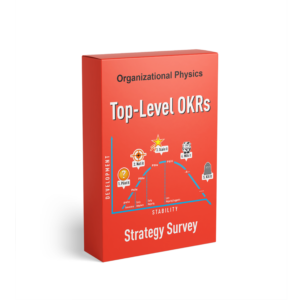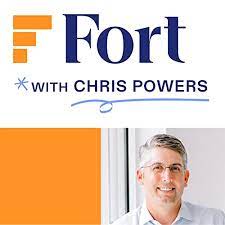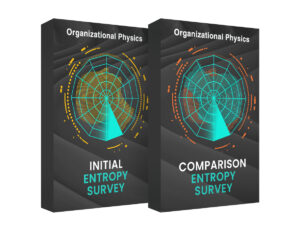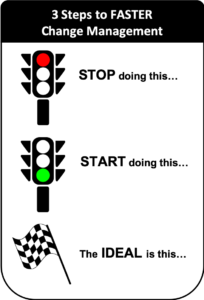The 3 Building Blocks of Structure
The three design elements of organizational structure are: Functions, Location, and Authority. Use these three building blocks to avoid some common pitfalls and design the right new structure for your business stage and strategy.
Buy the book Designed to Scale: How to Structure Your Business for Exponential Growth.


 Imagine if you could listen to a recording from last year of you and your co-founder discussing the state of your business and your plans for the coming year. What would the conversation have sounded like a year ago? What were you thinking then? What were your blind spots that you recognize now? And how would it compare to a recording from this year?
Imagine if you could listen to a recording from last year of you and your co-founder discussing the state of your business and your plans for the coming year. What would the conversation have sounded like a year ago? What were you thinking then? What were your blind spots that you recognize now? And how would it compare to a recording from this year?
 Does operational excellence matter to you?
Does operational excellence matter to you?  “The Entropy Survey is a revolutionary change. Not simply an incremental move, but a massive transformative change over the traditional SWOT Analysis.”
“The Entropy Survey is a revolutionary change. Not simply an incremental move, but a massive transformative change over the traditional SWOT Analysis.”
 Part I: I had the privilege of being on the Fort Podcast with Chris Powers. Chris is an excellent interviewer and we covered a lot of ground including scaling-up, organizational design, and where a leader can create the most leverage to get and sustain business momentum.
Part I: I had the privilege of being on the Fort Podcast with Chris Powers. Chris is an excellent interviewer and we covered a lot of ground including scaling-up, organizational design, and where a leader can create the most leverage to get and sustain business momentum. Part II: Listen in as former client Chris Powers,
Part II: Listen in as former client Chris Powers,  Part III: This is the
Part III: This is the 



 Photo by
Photo by  As a manager, have you found yourself asking an employee or team to do something differently and, despite your best attempts at getting through to them, their old behaviors remain? Does this not make you want to pull your hair out in frustration and consider a new career in bocce ball?
As a manager, have you found yourself asking an employee or team to do something differently and, despite your best attempts at getting through to them, their old behaviors remain? Does this not make you want to pull your hair out in frustration and consider a new career in bocce ball?
